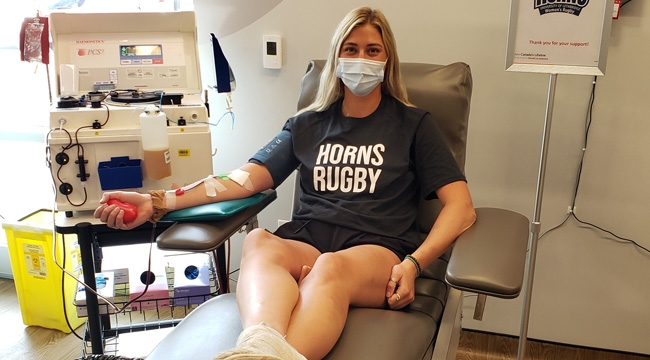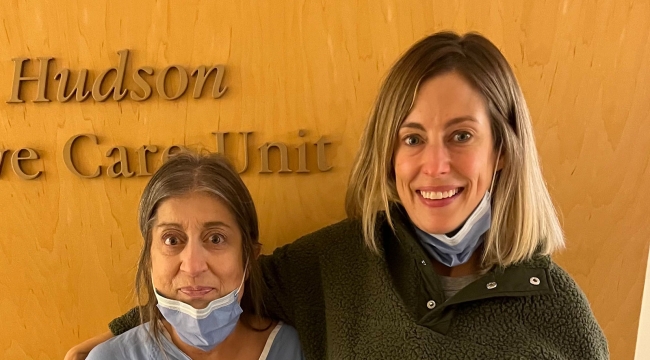After blood donors saved this new mother’s life, she’s giving back
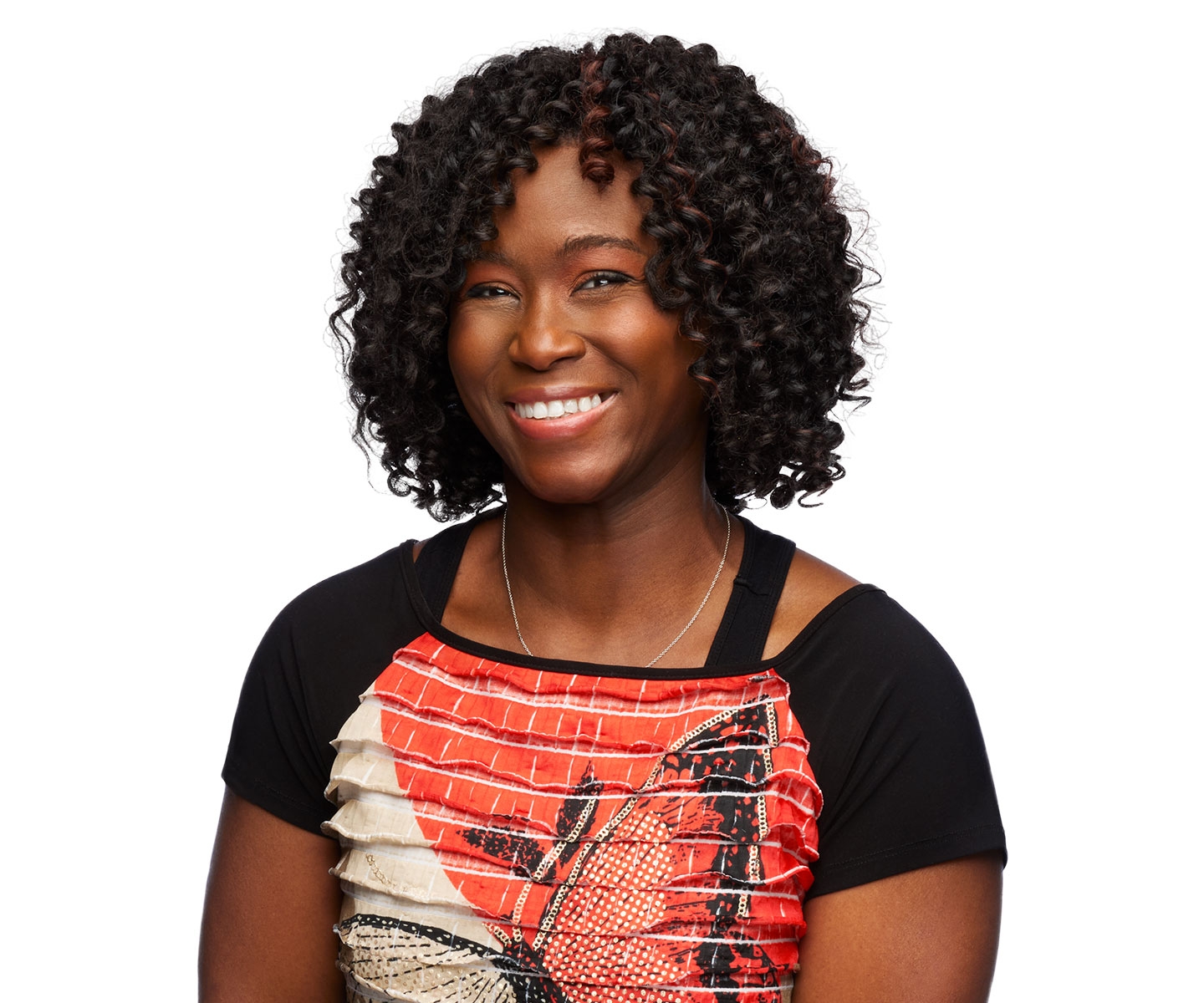
Simone De Jong credits donors as her lifesavers. She’s made it her mission to give back alongside her colleagues with RBC’s Partners for Life team
The day her daughter was born was a joyous one for Simone De Jong. Little Caitlyn was healthy, and after her safe arrival, Simone was also thrilled that her umbilical cord blood could be collected for Canadian Blood Services’ cord blood bank (which supplies cord blood stem cells for lifesaving transplants).
But things took a frightening turn for Simone in the days after her return home with the baby and her husband, Bradley. She began experiencing frequent episodes of bleeding, and doctors couldn’t figure out why. On her third trip to emergency, she needed a lot of blood.
“As I was lying there getting another transfusion, I had this sinking feeling that I wasn’t going to get the chance to watch my newborn daughter grow up,” recalls Simone. “Then I remember thinking, ‘I had better make sure my insurance is up to date so that I can help take care of her, even if I don’t get the chance to know her.’"
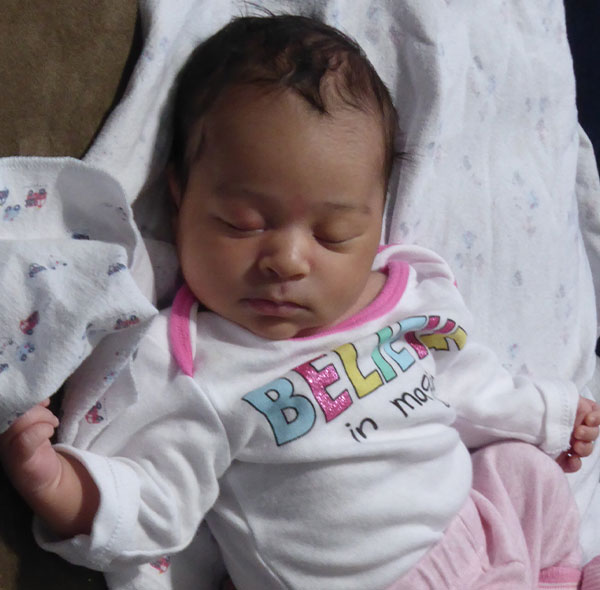
Simone needed five blood transfusions as her medical team worked to diagnose the cause of the bleeding. It turned out be a rupture in one of her uterine arteries, a rare but very serious post-pregnancy complication.
“Had I not had those transfusions, I probably would not be here,” says Simone.
Four years later, Simone is so grateful to donors for the life she enjoys today. She’s able to watch Caitlyn and her older son Nicholas grow up together, and she’s thriving as a wife, daughter and business professional, too.
‘It became my personal mission to give back as a donor’
From the early days of her recovery, Simone was determined to become healthy enough to help other patients. She was able to start donating blood regularly just a year and a half after her health crisis, once her hemoglobin level had returned to normal.
Today she donates with colleagues in Edmonton, Alta., as part of a group called RBC Gives Blood for Life. This Partners for Life team, which includes RBC employees across Canada, contributes more than 2,000 units of blood and plasma each year for patients. Simone heard about the team from Joseph Laforteza, one of her RBC colleagues who serves as a team “champion” in her area.
As a team member, Simone’s donations during scheduled group bookings are automatically added to its running total.
“The donations that saved my life very likely came from five different people who chose to give,” says Simone. “You can only donate one pint at a time, but as a group, we can give so much more.”
Across Canada, there are more than 19,000 Partners for Life teams of all sizes. Together, they play a powerful role in meeting the needs of patients.
“As someone who has received blood, I feel good about colleagues taking up this cause,” says Simone. “RBC employees are out supporting their communities all the time and it means a lot that blood donation is viewed as positive contribution to the community as well — that it’s aligned to our values.”
From cord blood donor, to blood recipient, to blood donor
While some people first join Canada’s Lifeline as blood or plasma donors, Simone’s first touchpoint was our national public cord blood bank.
She learned about the option to donate cord blood while pregnant with her first child, Nicholas. That donation couldn’t proceed because collection wasn’t possible at the time of his delivery – ahead of schedule – but Simone was pleased to be able to donate after Caitlyn’s birth. Just like stem cells from adults who have joined a stem cell registry, the stem cells in umbilical cord blood can be used for transplants to treat over 80 diseases and disorders.
If you’re planning to deliver a baby at any of our four collection hospitals, you can easily register to donate cord blood. Donating does not affect your birth plan in any way, as hospital personnel simply transfer the placenta and umbilical cord to one of our collection specialists after the birth,
“I thought it was something simple that we could do,” recalls Simone of her family’s decision to donate cord blood. “It doesn’t take away anything from me or the baby, but it has the potential to give so much to someone else. So it was easy to agree to.”
Easy, but the impact may be profound. A patient’s best hope of a matching stem cell donor is often a person of similar ethnic background. Unfortunately, some patients struggle more than others to find a match, as there are a smaller number of potential stem cell donors who are Black, Indigenous, South Asian or mixed ethnicity in Canada right now. As a child of mixed ethnicity— Simone being of Jamaican ancestry while her husband is of Irish and Dutch descent — Caitlyn’s cord blood could help a patient of similar ancestry.
As well, compared with stem cells from adult donors, cord blood stem cells do not need to be matched as precisely to the patient, making them a very important option for some patients. Stored safely in our bank, Caitlyn’s umbilical cord blood could be used to save a life anytime.
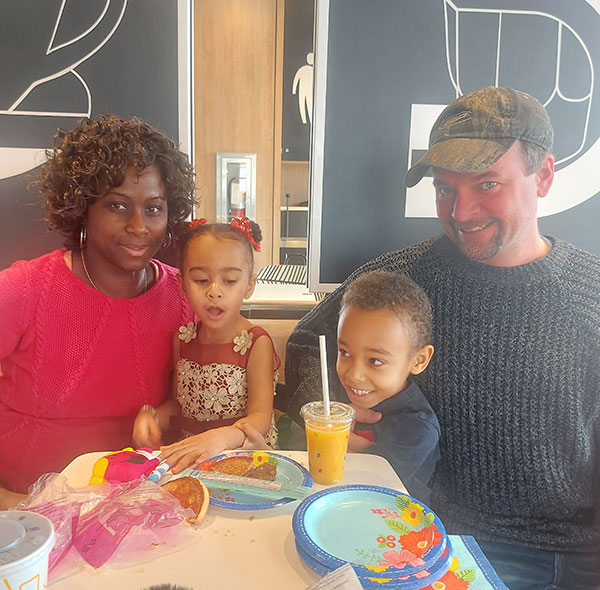
Simone’s story shows how connections to Canada’s Lifeline are infinite. Anyone, including a donor, can become a patient in need in the blink of an eye. But your generosity can be lifesaving.
“One of my favourite things to do is watch my kids play. It’s such a gift,” says Simone. “And paying it forward as a donor today is the least I can do. It doesn’t take much from you, but it could give someone else the world.”
